A Martine Rose Slip: JORDAN/MARTIN HELL
|Claire Koron Elat
“Fiction is like a spider’s web, attached ever so lightly perhaps, but still attached to life at all four corners.” — Virginia Woolf, A Room of One’s Own (1929)
There are four different types of lies: pertinent omissions, exaggerations, half-truths, and complete deceptions. Being dishonest — or embellishing the truth — might not be a deadly sin, but it is frowned upon as unethical and immoral nonetheless. When half-truths become fiction, and fiction becomes an anthology of omissions that finds catharsis in complete deceptions, fiction, as a literary genre, turns into a tool of the deceiver, whose readers are the deceived.
Jordan/Martin Hell perpetrates such lies in the fictional novellas he writes as part of his practice, which encompasses, among others, painting, sculpture, textile works, and swords that have Virgina Woolf books wrapped around them. His body of work is comparable to a fictional archive where bizarre and eccentric characters meet to contemplate on existential matters of life.
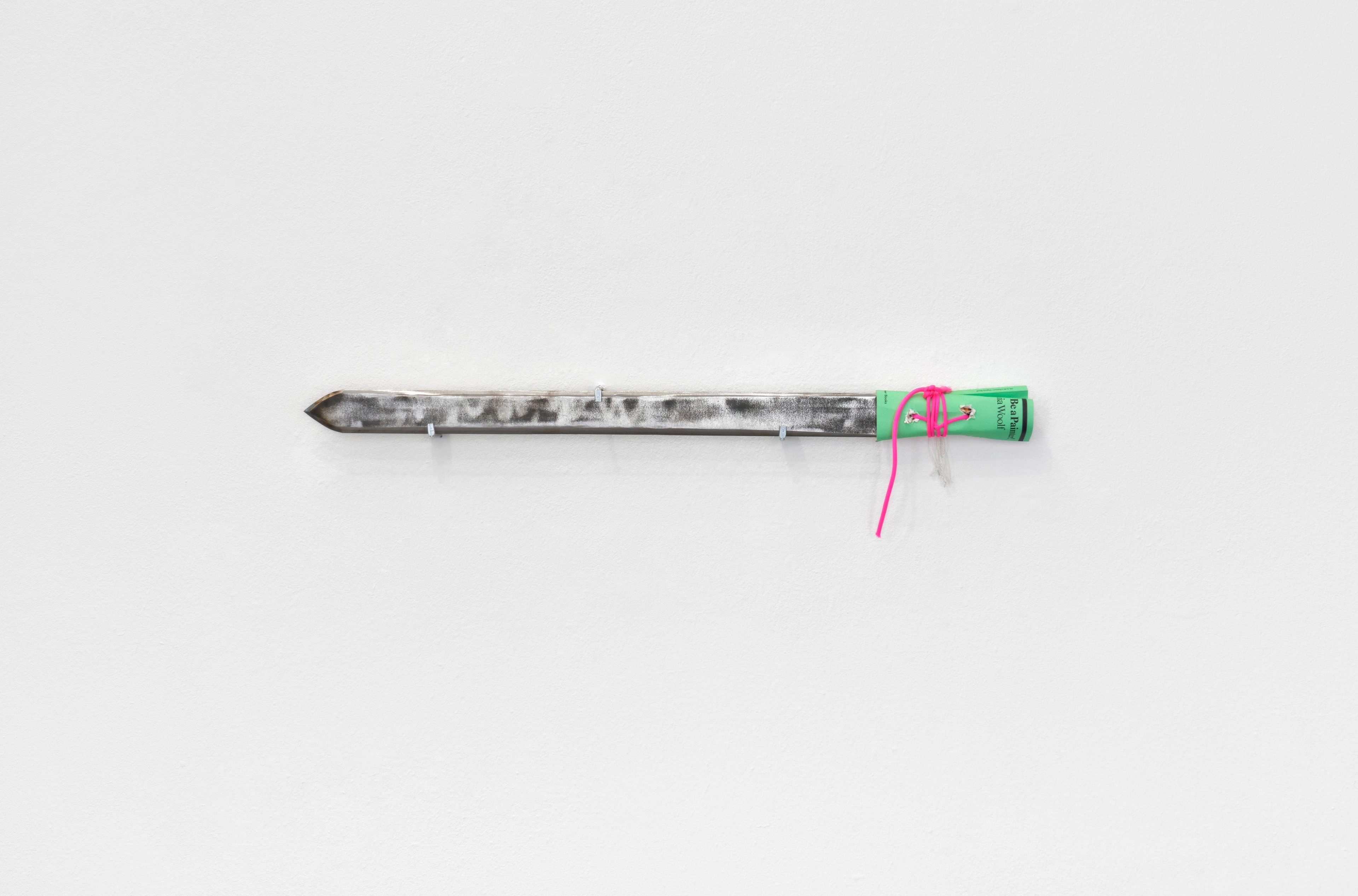
CLAIRE KORON ELAT: The first time we were in conversation was when you had a show at Noah Klink in Berlin beginning of this year. Back then, you told me that a paramount part of your practice is composed of building a fictional archive with different characters.
JORDAN/MARTIN HELL: Yes. I have a chart that basically summarizes this archive. It is kind of like a seminal text of the world of parallel novels that are all in relation and follow my practice. My archive is somewhat in the style of the Marvel Universe. Sometimes I get asked to write about certain historical figures, mainly these weird white ladies who people like to excavate in history, to then say, “She was such a girl boss!” My novels on such women aren't glorifying them though. They’re subverting this “girl boss” narrative. I have a critical text coming out with Soft Opening in London in January. It's called Limerence Clickbait XXX and is about limerence and romantic obsession, taking apart deviant forms of love and lust.
CKE: How did you develop an interest for such outlandish characters?
JMH: I’m usually not terribly interested in them, actually. Often, I’m just subverting other people's conversations about these figures. My work in general is supposed to be reflective of the world. And particularly in my world, I often have to deal with pretty violent, white people — women in particular. In Limerence Clickbait XXX I talk about this issue a bit more. Sometimes you get trapped into this world of wanting what they want, which I think is dangerous.
CKE: Why do you think that women are particularly violent in this case?
JMH: It’s more about me noticing that in my life white women tend to be more at the foreground. There is also an aspect of saviorism implied. Then it’s about how they, and also others I suppose, relate to Black bodies — perceiving them as “objects” that represent unknown mysteries.
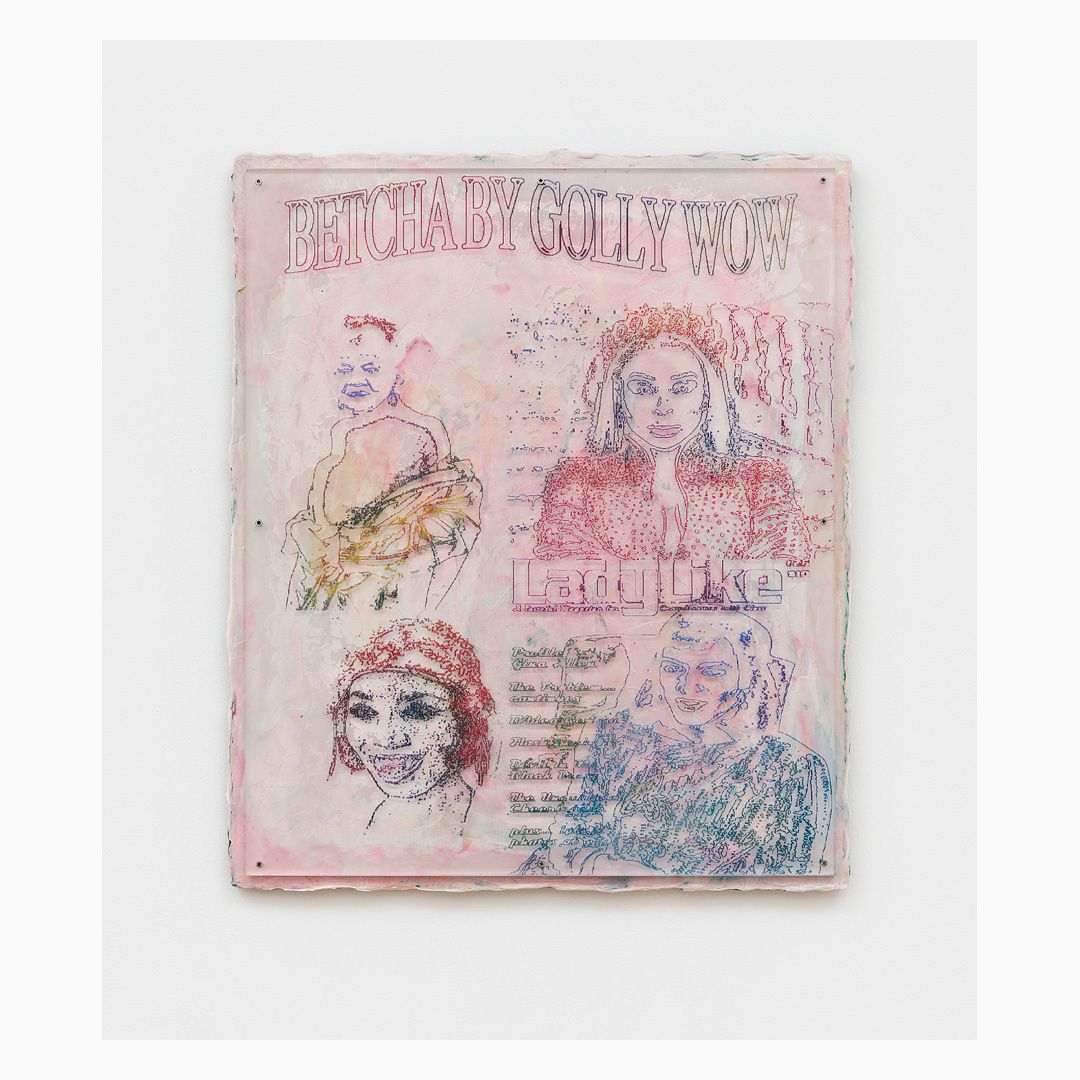
CKE: The mystification of Black bodies is basically a way of creating a fictional notion of Black corporealities, alluding to the idea that their experiences of miscellaneous forms of violence aren’t real because they themselves aren’t real — they’re fictional. Is this why you work so much with fiction?
JMH: I think my work revolved more around fiction in the past. Now I'm almost exclusively writing these weird, fake academic papers. I think I operate within a modality of talking about things that don't exactly have language. There is no way to fully explain the world, you need some kind of non-language if you seek to explain it at all. With my book Constant Violins, I was trying to explain the world, because I needed to explain it to myself. I was in pain, there was a pandemic, and all this stuff that I told you was going on at school. So, I simply needed explanations of the world.
CKE: You mentioned that you write these fake academic texts, implying that they are academic to a certain extent yet aren't.
JMH: Well, they are academic now.
CKE: The expression “fake academic” is interesting to me because it partially implies that there is an element of not being legitimate or real and therefore fictional. When you look at art writing or art criticism, for example, there is a certain style that's somewhat pseudo-academic, too. The term similarly implies that there is an element of pretense — just like when you use the expression “fake academic.”
JMH: The reason why I’m intrigued by notions of fakeness is because the reality I'm particularly interested in is the un-realness of everything. How unreal is reality and all its absurdist aspects? Most people don't know what they're doing but act like they do. Most people are in a way constantly lying.
When I started with writing criticism, I also became interested in involving hypnosis techniques of the subconscious. They help me to practice speed writing. I really like writing at this certain high speed, and I write at night when I'm sleepy, which is kind of hypnotizing. I’m interested in existing within a critical form, especially in relation to art and to criticizing history or culture.
CKE: Thinking about these forms of criticism leads me to the press releases of your exhibitions, which are usually some form of a short story or a script — so not your classic press release.
JMH: I find most press releases inscrutable. As an artist, you're constantly asked to generate some sort of nonsensical gobbledygook to describe yourself or what you're doing or whatever, when most people are just floating around.
I think I told you about how I started out as a museum educator in an institution in the USA. There, I was constantly asked to use a “fake language,” this kind of pedagogical or educator’s language. Press releases are an opportunity for me to incorporate a variety of different things, for example, I like to hyperlink certain words, and the links lead to YouTube videos.
CKE: Hyperlinking words within texts plays into this notion that everything is a reference of a reference of a reference, and that we maybe just live in a world of allegories — there is nothing original.
JMH: I think everything is original. I think every single thing, every mention, and every connection is original. I don't think there's no originality in the world. We constantly think of new ways to do things — we can't help it — but that in itself is debilitating.
CKE: Earlier you said that some people pretend to know what they're doing, and perhaps they're also not really aware of what they're doing. It's a form of lying to oneself. One chapter in your book Constant Violins is called “Fiction is a web of lies.”
JMH: I've always been fascinated by lies and liars.
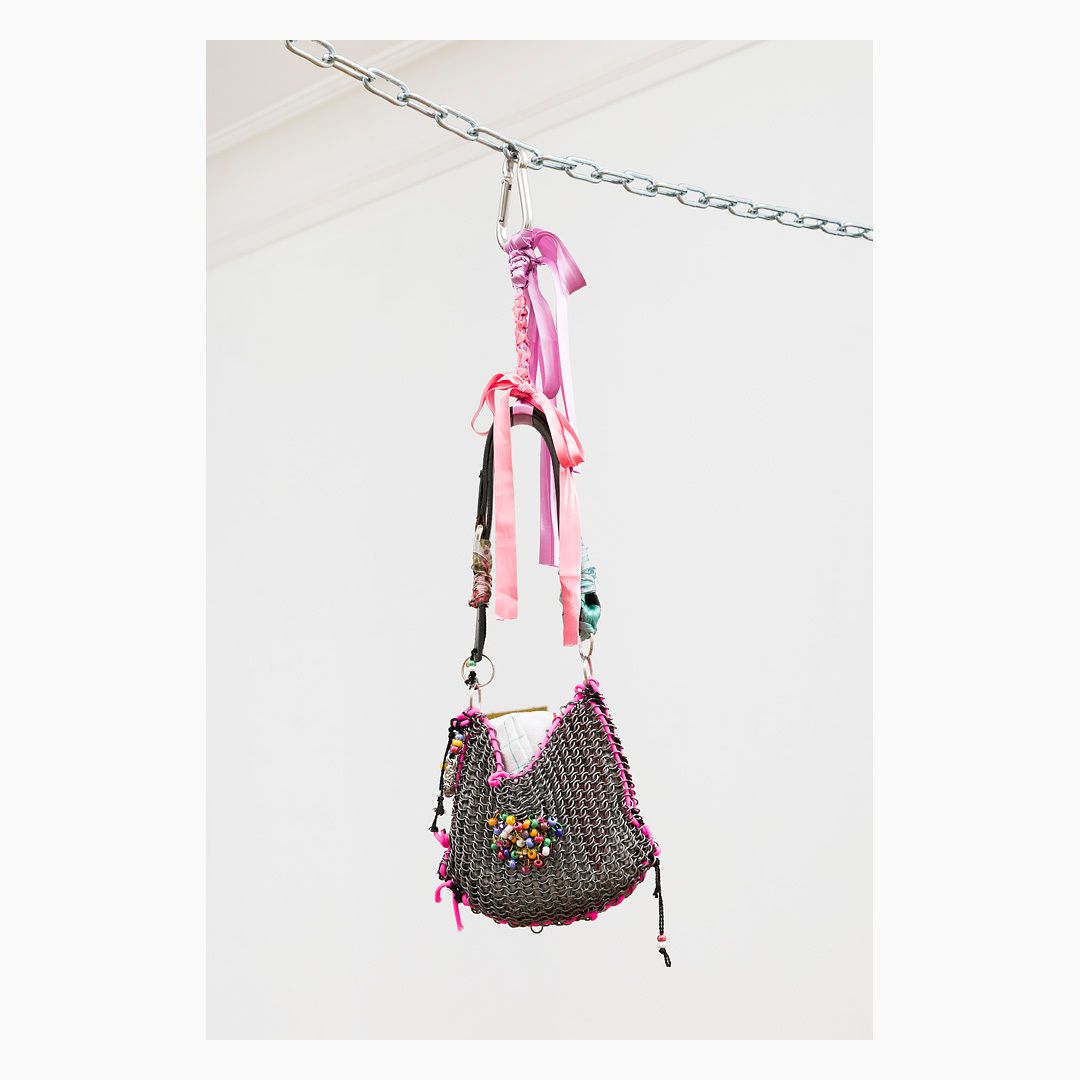
CKE: Do you think lying is bad?
JMH: People use lies all the time. Sometimes in interesting ways, to subvert our world that demands fake honesty. It’s also used as a way of escaping reality. People who live a lie are actually some of the most courageous people out there. I'm impressed by that. I think it should be said that I am a Midwesterner. I admire people who can be normal; I really, really love normativity and normcore. I think people truly lie about their whole lives. Having these little moments where I can lie, or where I can explore other people's lies or experience the lives of liars, is a window into a pleasurable little fantasy world for me. People need fantasies, and they need idols, because they need to project happiness and perfection onto stuff. That’s also why we like art.
One of the things that people see in art is a space to be free. When an investment banker buys a painting with one red dot in the middle, they're doing that not just because they want to solidify their nest egg, but also because a small part of them — despite the little coke bags in their little pockets — they want a little bit of freedom. They want that tiny bit of freedom, like they get with any drug.
CKE: When you constantly oscillate between reality and fiction, you also operate in dangerous territory, for example, when it comes to fictionalizing history. Particularly, in an age where right-wing forces propagate “alternative facts” or deny factual historic events. Do you think it's consequently dangerous that you’re in a way advocating for lying?
JMH: Everything is dangerous in the end. There’s no safety on earth.
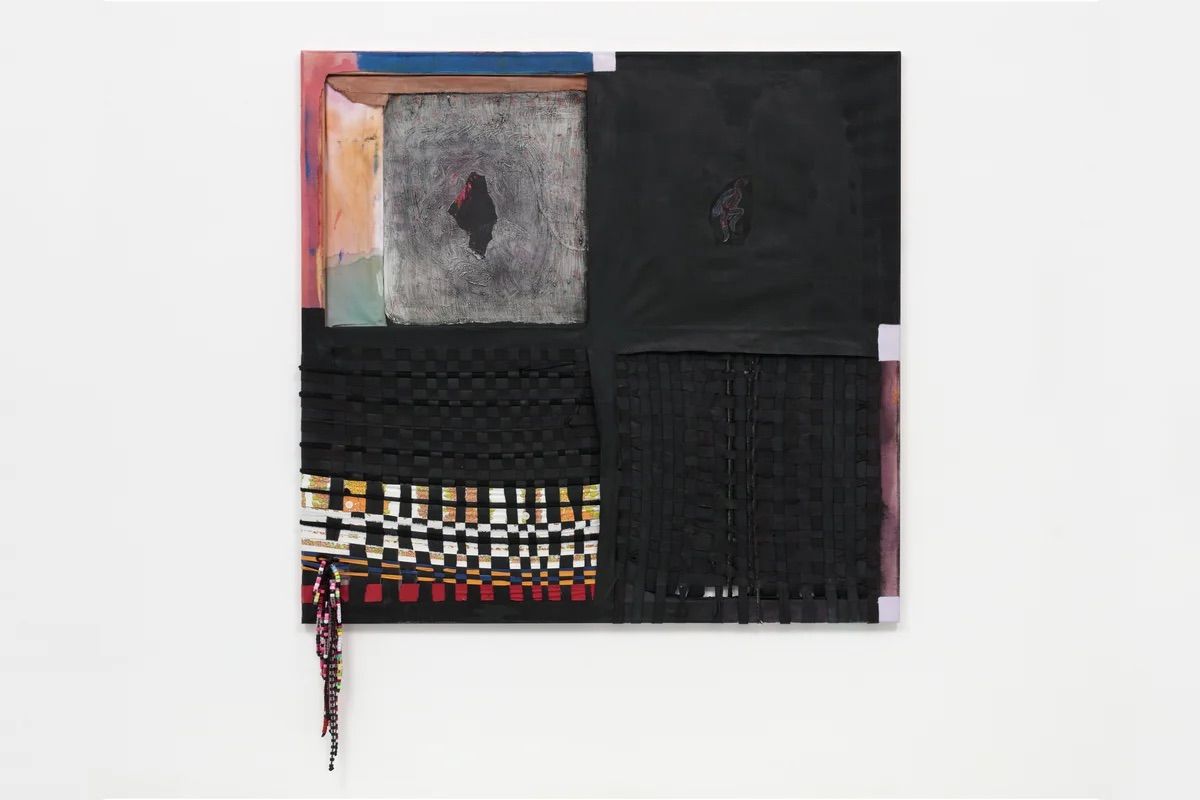
CKE: You also work a lot with textiles and objects that resemble fashion objects, and in one of your books someone is wearing Ottolinger earrings and a Martine Rose slip.
JMH: Yeah, the fashion in every book is like that; I really, really describe it, which is a way of set building. People live in their clothes more than they live in their homes, and also people barely have homes now. But everybody's always going to have clothes and buy clothes — people are always going to buy Balenciaga shoes, even if they don’t have a home.
CKE: Why did you choose these brands specifically? How do they contribute to the story in terms of what they represent?
JMH: Fashion is brutal — even the idea that clothes can describe who you are is brutal in a sense. I was watching a model walk and thinking how that model has to walk in front of everybody. When I think of the times I had to walk, while knowing I was watched, it was almost impossible. The art world operates in the exact same (brutal) way.
CKE: When you watch a model on a runway, you perceive them as beautiful and aesthetically pleasing but in an objectifying way. What else is there apart from that superficial perception? I think it relates to that idea of inevitably operating on dangerous territories. Watching the model might be a pleasing activity for us, but it can eventually be a painful moment for the model.
JMH: Models walk around all the time on stage, and then they’re also constantly running around in real life, especially the ones who aren't famous — they walk to be seen. In a weird way, it’s comparable to curators who look good all the time. They run around, and they’re seen with people, and if they're seen with enough people, they become the curator of this gallery or whatever.
CKE: Do you think this is a problem that specifically exists within the culture industry?
JMH: I don't even know if it's a problem. I think humanity just craves to be seen. When I think about my personal life, there is one narrative of my life that relates to the notion of being seen, and there is another narrative that relates to being unseen, to being invisible.
Credits
- Text: Claire Koron Elat
Related Content
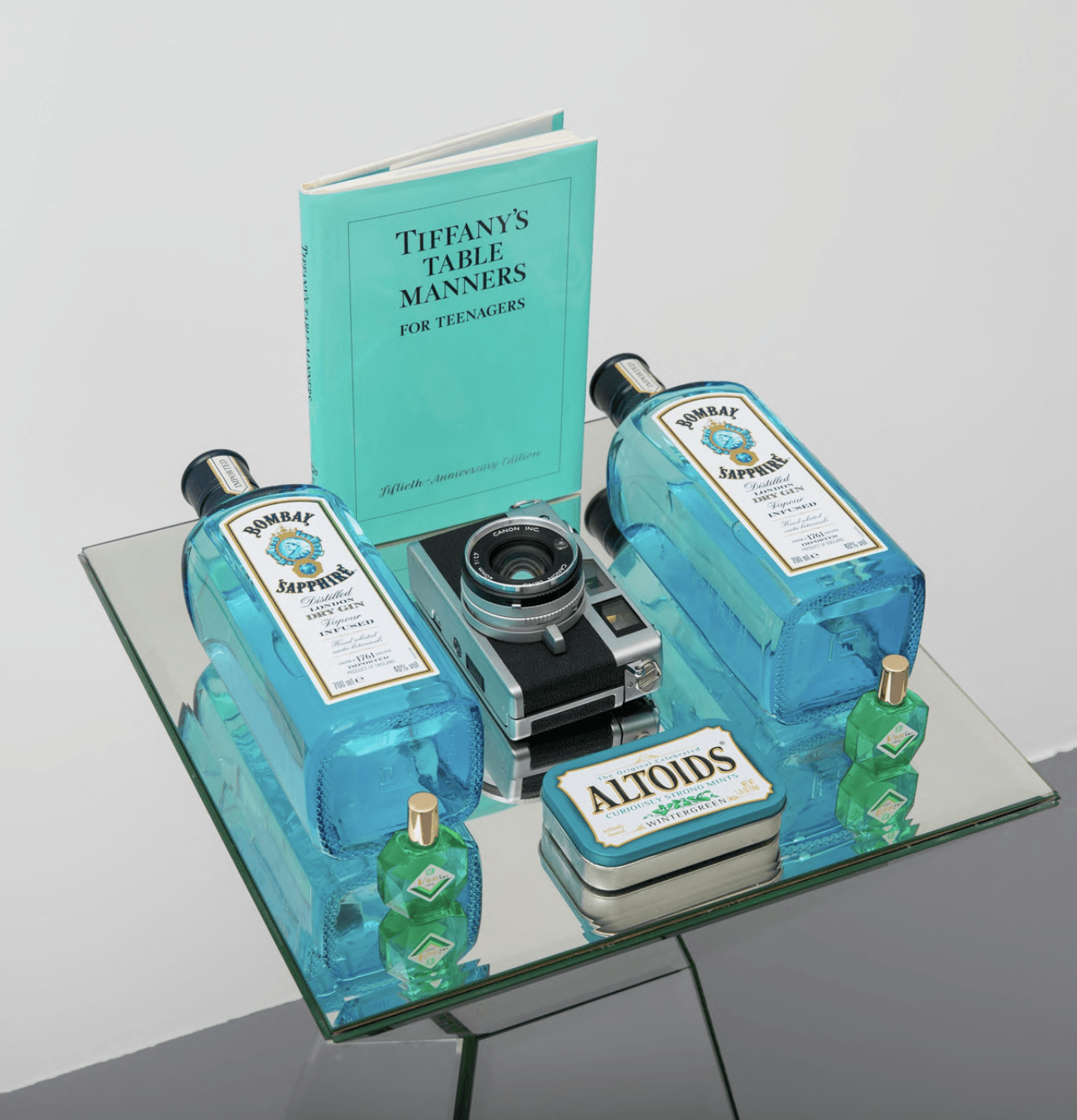
CULTIVATED ASPHYXIA: “Exposition N°120 (maybe)” at Balice Hertling
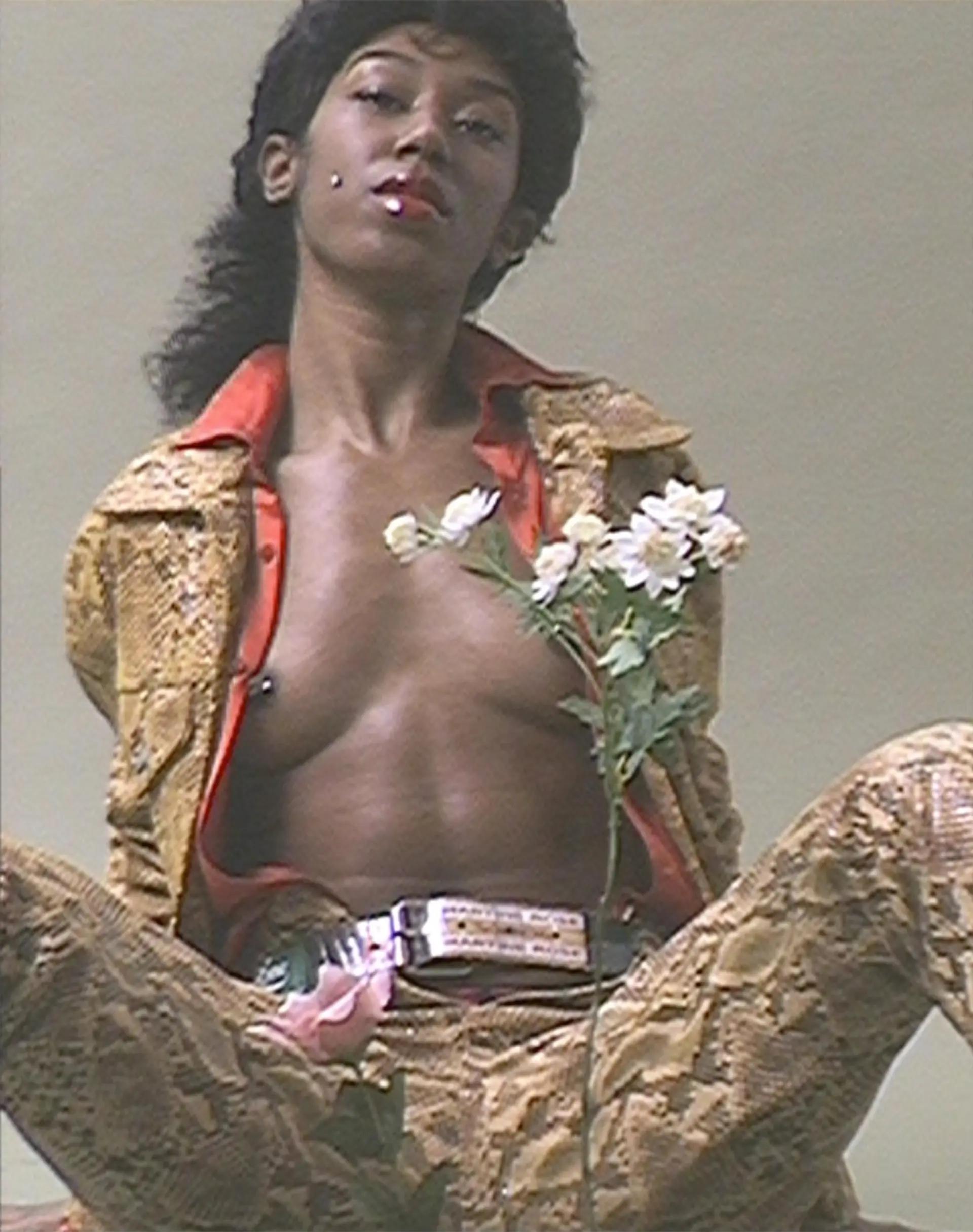
MARTINE ROSE in Three Acts
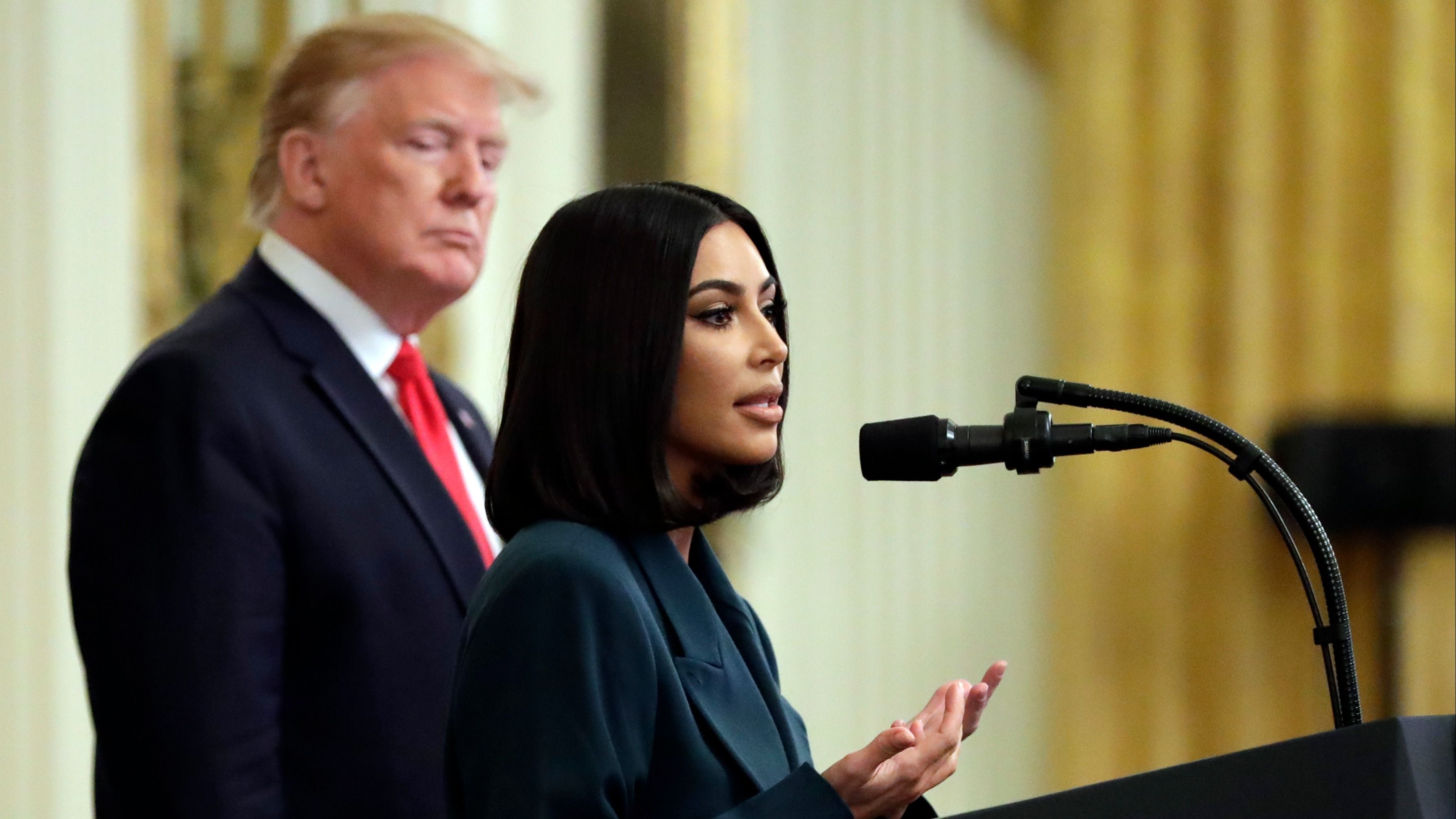
The TRUMP-BALENCIAGA Complex
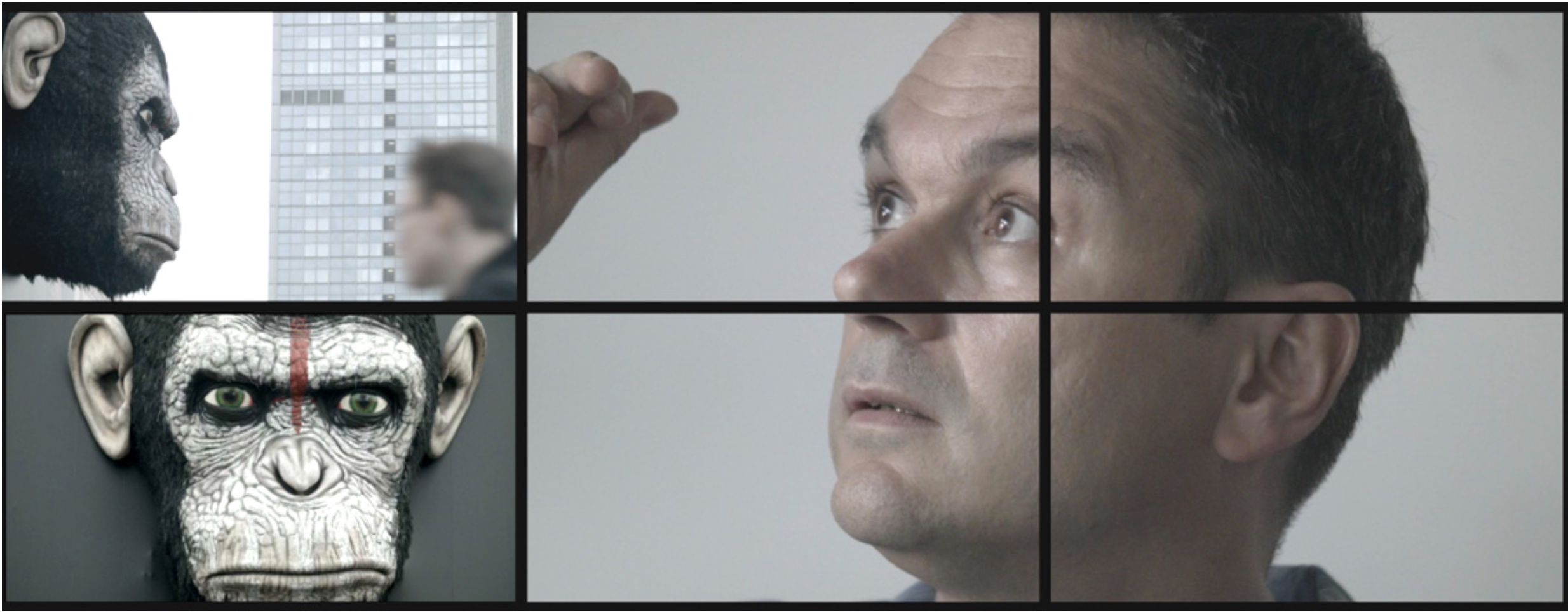
Truth is Science is Fiction: CHRISTOPHER ROTH and ARMEN AVANESSIAN’s “Hyperstition”
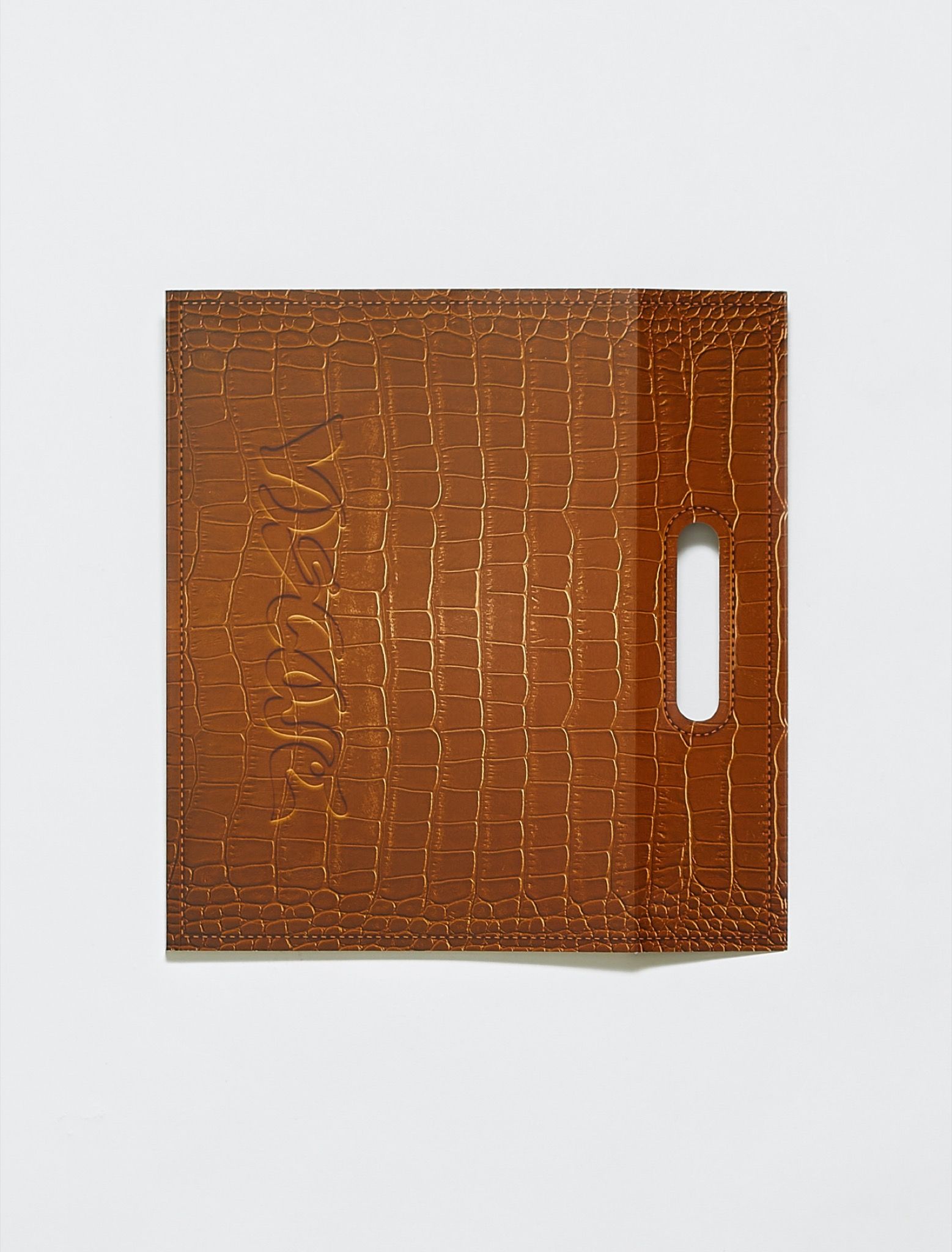
Viscose: The World’s First Bagazine of Fashion Criticism
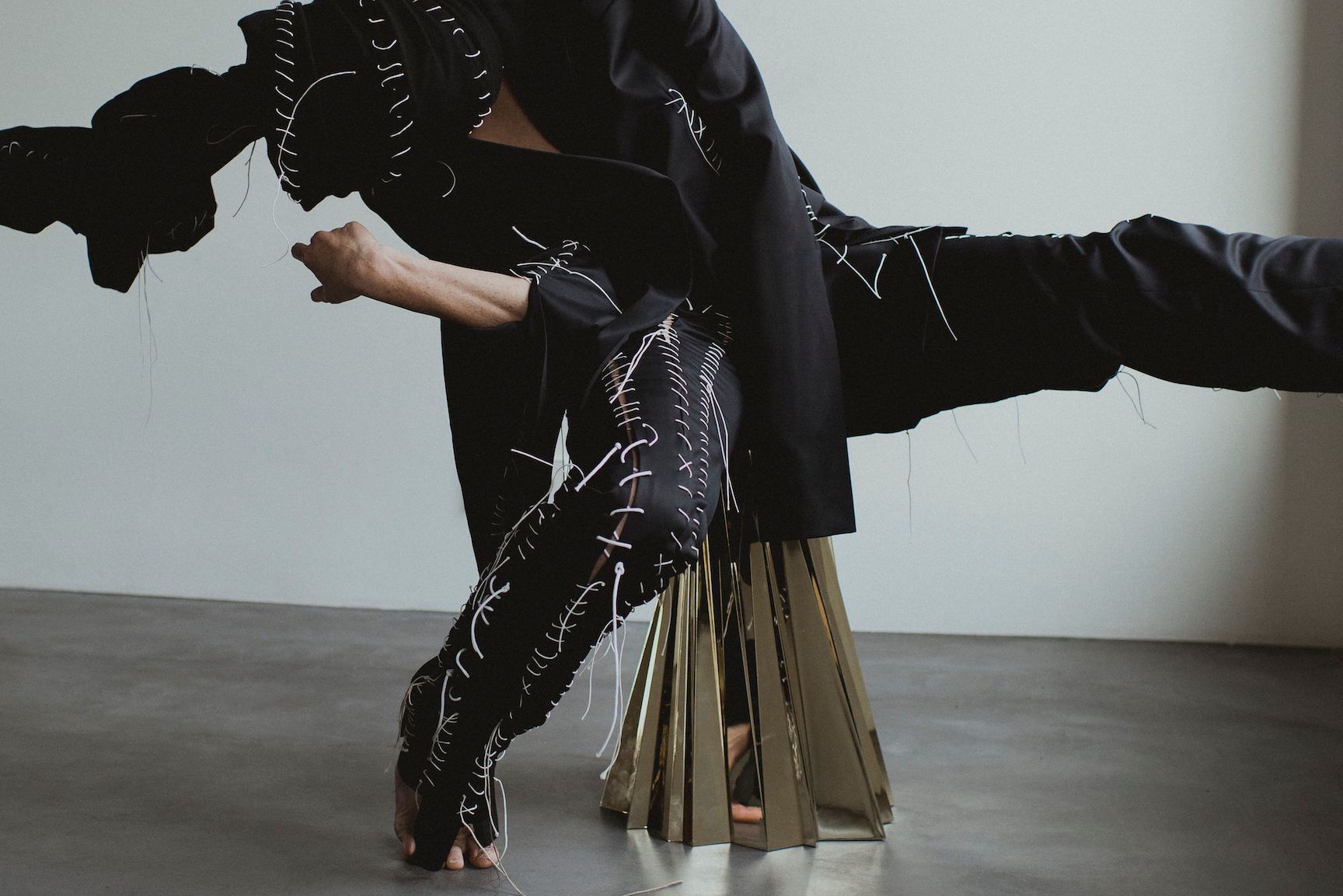
Slash’n’Lace: Welcome to the Couture of OTTOLINGER
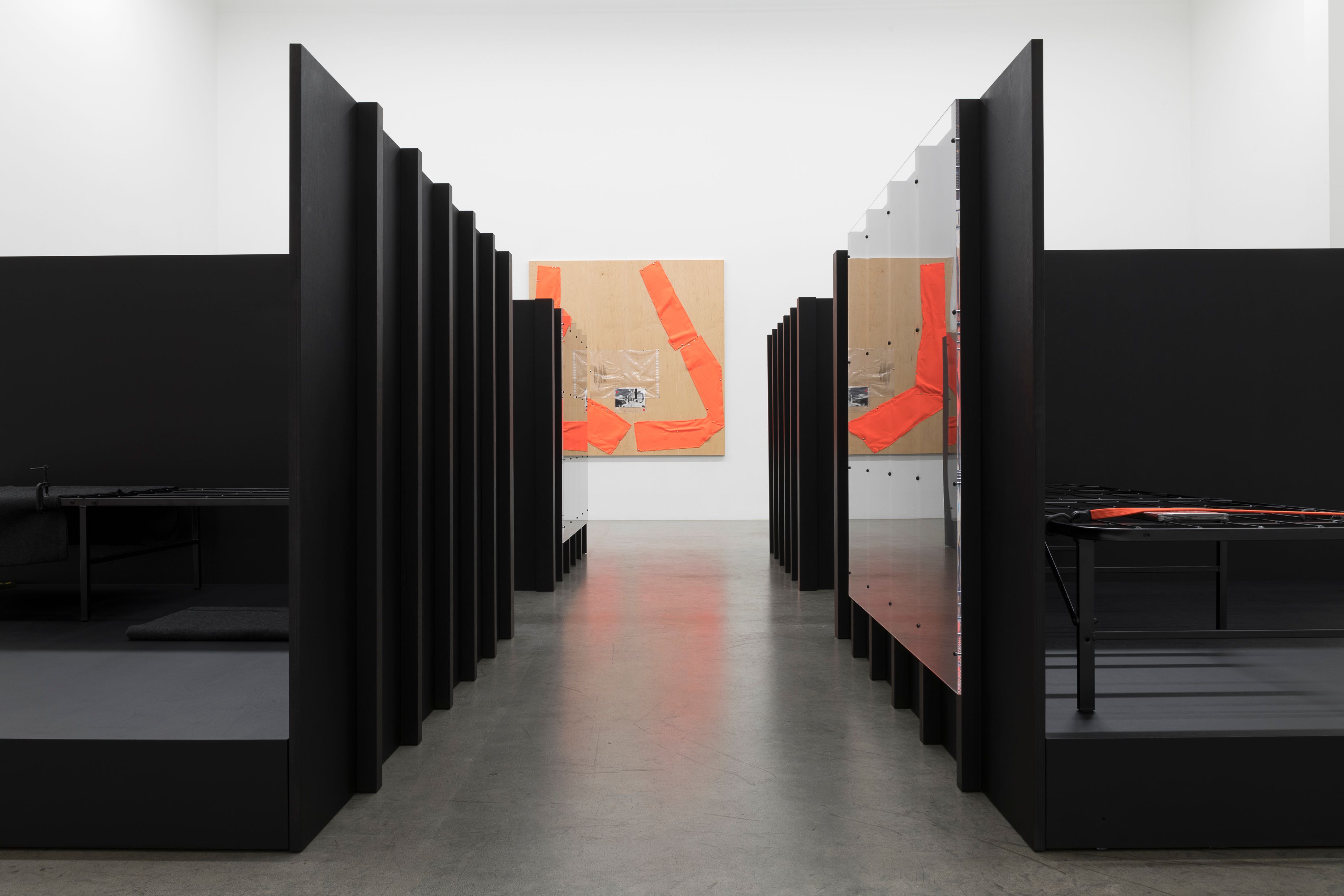
Priapic Architectural Tissues: TOM BURR in Conversation with PIERRE-ALEXANDRE MATEOS and CHARLES TEYSSOU

BALENCIAGA Takeover at Colette with YNGVE HOLEN